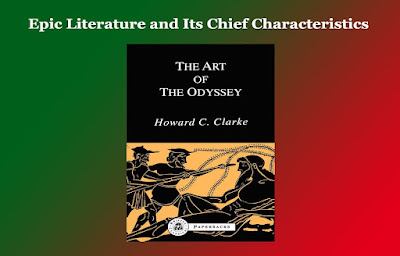Climax in Literature: A Comprehensive Analysis
Climax in Literature: A Comprehensive Analysis
Climax in Literature: A Comprehensive Analysis
Climax in Literature: A Comprehensive Analysis
Introduction to Climax in Literature:
The climax is a pivotal element in the structure of a narrative, representing the peak of tension, conflict, and emotion in a story. This crucial moment is the culmination of various plot elements, character developments, and thematic threads that have been woven throughout the narrative. In literature, the climax serves as the turning point, shaping the ultimate resolution and leaving a lasting impact on the reader. This article delves into the multifaceted nature of climaxes in literature, examining their significance, functions, and the techniques authors employ to create compelling and memorable climactic moments.
I. Definition of Climax:
The climax is commonly defined as the highest point of tension or drama in a narrative, marking a decisive turning point that propels the story towards its resolution. This climactic moment often occurs towards the end of a story but can vary in placement depending on the narrative structure. It is essential to differentiate the climax from the rising action, which builds tension and develops the plot, and the falling action, which follows the climax and resolves the remaining conflicts.
II. Significance of Climax:
A. Emotional Impact:
The climax is designed to evoke intense emotions in the reader, ranging from suspense and excitement to shock or revelation. It is the moment that holds the reader's attention and makes the narrative memorable.
B. Resolving Conflict:
The climax serves as the focal point for resolving the primary conflict or conflicts within the story. It is the culmination of the characters' struggles and challenges, offering resolution and closure to the reader.
C. Character Development:
The climax often forces characters to confront their deepest fears, make difficult choices, or undergo significant transformations. This pivotal moment is crucial for character development, showcasing the evolution of protagonists and antagonists alike.
III. Types of Climaxes:
A. Single Climax:
In some narratives, there is a single, central climax that resolves the primary conflict and concludes the story. This type of climax is common in traditional three-act structures.
B. Multiple Climaxes:
Certain stories incorporate multiple climactic moments, each resolving a distinct conflict or subplot. This technique can add complexity and depth to the narrative.
C. Anti-Climax:
An anti-climax is a deliberate subversion of expectations, where the narrative builds tension but fails to deliver a satisfying or intense resolution. This can be used for comedic effect or to challenge conventional storytelling norms.
IV. Techniques for Building Climax:
A. Foreshadowing:
Authors often employ foreshadowing to hint at the impending climax, creating anticipation and intrigue. Well-executed foreshadowing primes the reader for the significant events to come.
B. Intensifying Conflict:
The climax is fueled by heightened conflict, whether it be physical, emotional, or moral. Introducing obstacles and challenges that push characters to their limits builds the necessary tension for a powerful climax.
C. Reversals and Surprises:
Incorporating unexpected twists or reversals during the climax can add layers of complexity and engage the reader's interest. Surprise elements keep the narrative fresh and unpredictable.
V. Examples of Memorable Climaxes:
A. William Shakespeare's "Hamlet":
The climactic duel between Hamlet and Laertes, resulting in multiple tragic deaths, serves as the apex of tension and resolution in this classic tragedy.
B. J.K. Rowling's "Harry Potter and the Deathly Hallows":
The Battle of Hogwarts functions as the climactic sequence in the final installment of the series, resolving various conflicts and character arcs.
C. F. Scott Fitzgerald's "The Great Gatsby":
Gatsby's confrontation with Tom Buchanan and the tragic resolution of the story marks the poignant climax of this literary classic.
VI. Conclusion:
In literature, the climax stands as a linchpin, holding together the intricate threads of a narrative. Its emotional resonance, role in conflict resolution, and impact on character development make it a fundamental aspect of storytelling. Authors employ various techniques to build tension and create memorable climactic moments, leaving a lasting impression on readers. As readers, recognizing and appreciating the nuances of climaxes enhances our understanding of storytelling and the art of crafting compelling narratives. 0 0 0.
Articles on Literature:










Comments
Post a Comment
Comment should be honest and suggestive